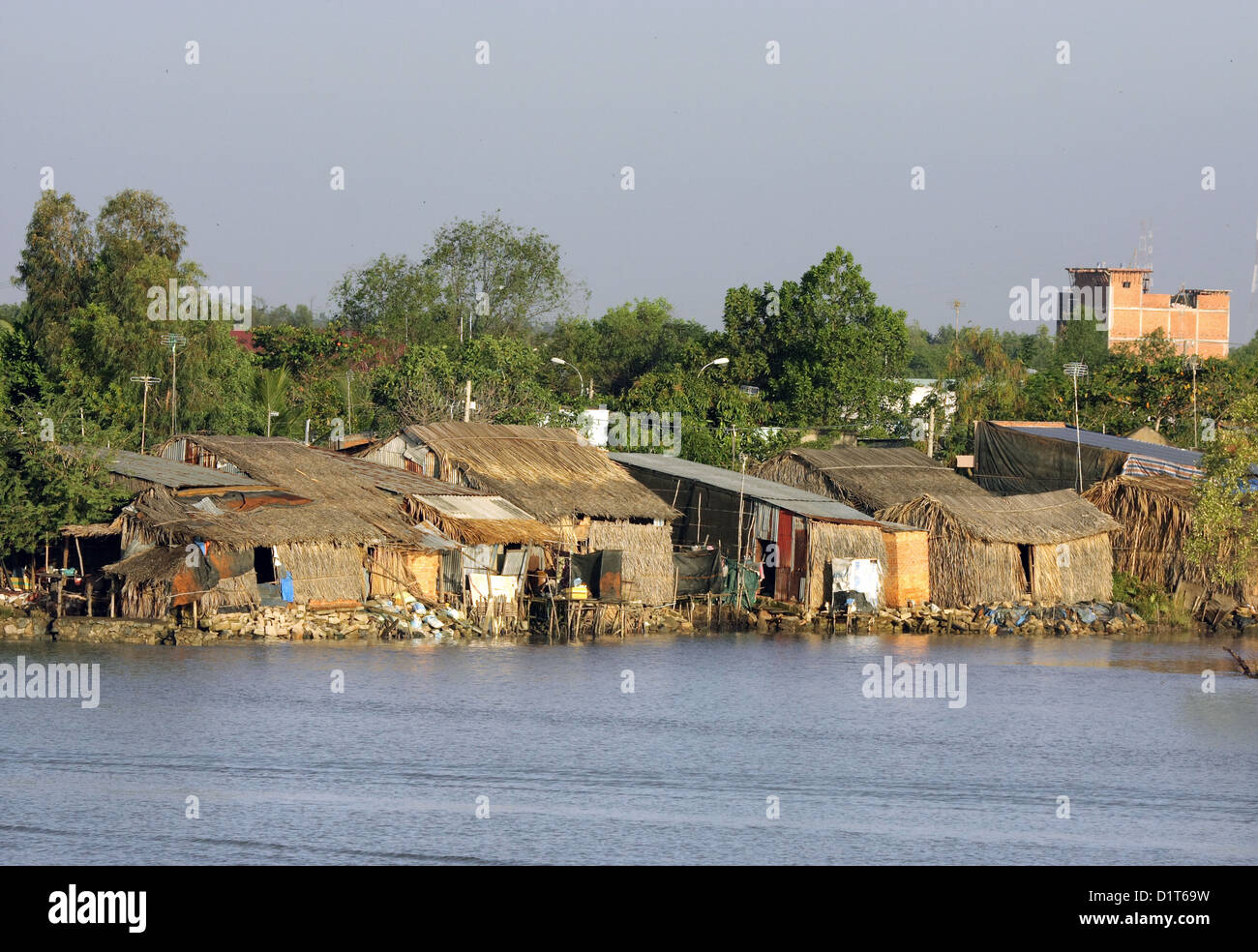saigon river,ho chi minh city vietnam,vietnam river,hochi minh city,ho chi minh river

Image details
Contributor:
pradeep subramanian / Alamy Stock PhotoImage ID:
D1T69WFile size:
51.2 MB (2.9 MB Compressed download)Releases:
Model - no | Property - noDo I need a release?Dimensions:
5100 x 3510 px | 43.2 x 29.7 cm | 17 x 11.7 inches | 300dpiDate taken:
22 January 2010More information:
Steady and strong growth in recent years have fuelled Viet Nam’s ambitions to move up to middle-income country status. A net importer of food during the early 1980s, Viet Nam has now become one of the biggest rice exporters in the world. The agriculture sector accounts for more than 22 per cent of GDP, 30 per cent of exports and 52 per cent of all employment.Past agricultural growth was largely based on bringing additional physical factors of production into use, including land, irrigation water, labour and new technologies. Further growth acceleration in Viet Nam during the 1990s was brought about through institutional restructuring that created incentives to invest and enhance productivity in a market-oriented economy. For example, the effects on agricultural growth of price liberalization and land titling were dramatic. The rural sector in Viet Nam has shown resilience and a capacity for change and adaptation. The growth in agricultural output contributed greatly to improved household income, as roughly 70 per cent of the Vietnamese population is engaged in agricultural activities. Meanwhile, the country’s poorest rural people generally have small plots of low-quality land or are landless, and their opportunities for off-farm employment are scarce. The poorest people live in remote villages in upland areas, with limited access to transportation and social interaction. Rural poor people have limited access to productive resources and basic financial services such as credit and savings. Village, commune, district and regional infrastructure is poorly developed. Rural poor people face harsh natural conditions and frequent natural disasters. They are particularly vulnerable to seasonal hardships, community-wide crises and unexpected events, such as disease, which increase a household's expenses and reduce income. Poor households tend to include more dependants, especially children. Among age groups, poverty disproportionately affects children.